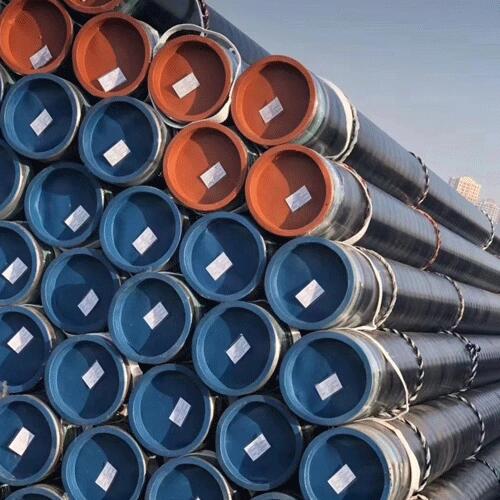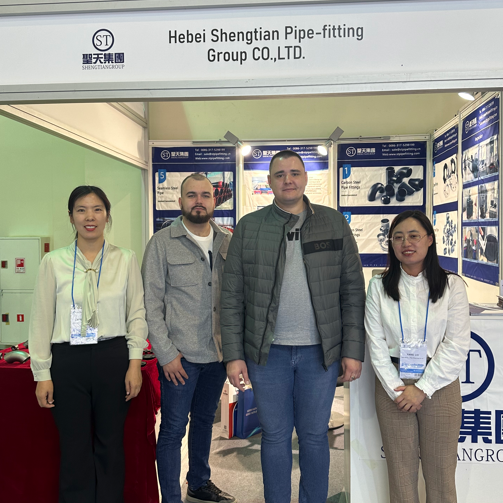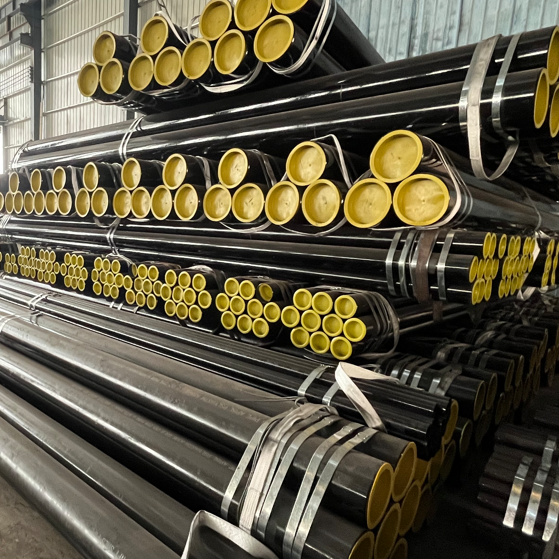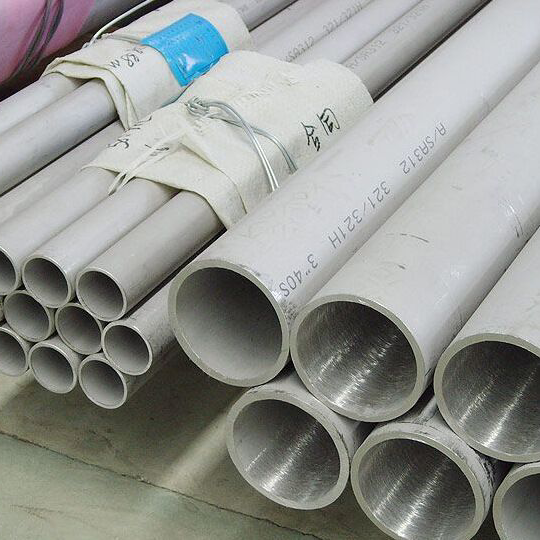Seamless steel pipes are mostly medium carbon and high carbon alloy steels. After quenching, some undercooled austenite does not convert to martensite and remains in service as residual austenite, affecting service performance. If placed below zero degrees Celsius and continued cooling, martensitic transformation of residual austenite can be promoted. Therefore, the essence of cold treatment is to continue quenching. The superposition of room temperature quenching stress and zero quenching stress forms cold treatment cracks when the pile response force exceeds the strength limit of the material.
Preventive measures:
(1) After quenching and cold treatment of seamless steel pipes, placing them in boiling water for 30-60 minutes can eliminate 15% to 25% of the internal quenching stress, stabilize the residual austenite, and then conduct conventional cold treatment at - 60 ℃ or deep cold treatment at - 120 ℃. The lower the temperature, the more residual austenite can be transformed into martensite, but it is impossible to complete the transformation. The experiment shows that the residual austenite is about 2% - 5%. It is necessary for a press to retain a small amount of residual austenite to relax the stress and play a buffering role. Due to the softness and toughness of residual austenite, it can partially absorb the energy of rapid expansion of martensite and alleviate transformation stress;
(2) After the cold treatment is completed, take out the seamless steel pipe and heat it in hot water, which can eliminate 40% - 60% of the cold treatment stress. After the temperature rises to room temperature, it should be tempered in a timely manner. The cold treatment stress is further eliminated to avoid the formation of cold treatment cracks and obtain stable microstructure and properties. Ensure that seamless steel pipe products do not deform during storage and use.
 ASTM A106 Thick-walled steel pipe production steps
ASTM A106 Thick-walled steel pipe production steps
 Shengtian Group successfully participated in the Russian Oil and Gas Exhibition
Shengtian Group successfully participated in the Russian Oil and Gas Exhibition
 Is API 5L Black Steel Pipe Good For Air Lines?
Is API 5L Black Steel Pipe Good For Air Lines?
 8 differences between ASTM A312 304 and 316 stainless steel pipes
8 differences between ASTM A312 304 and 316 stainless steel pipes